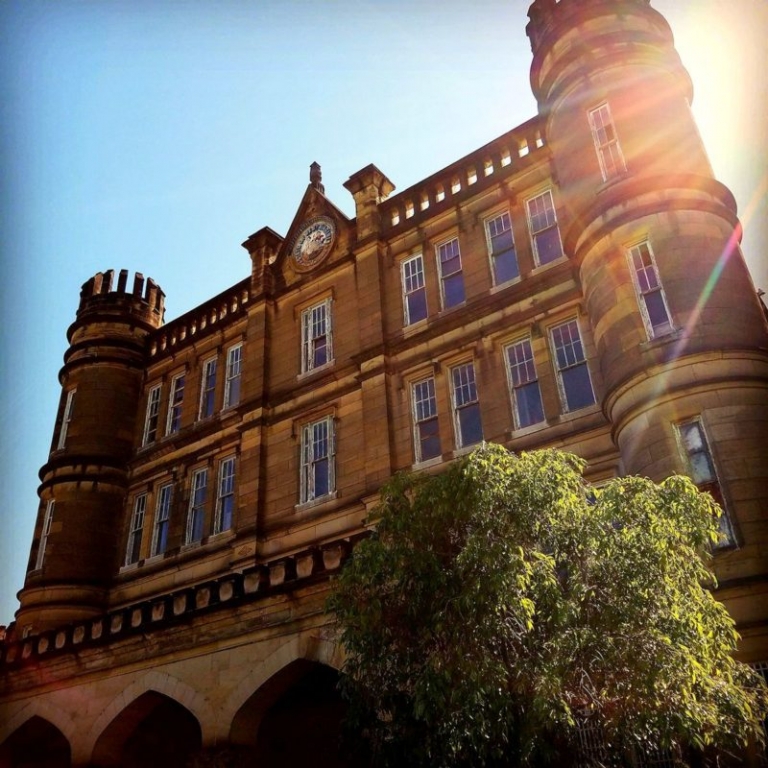The former West Virginia State Penitentiary at Moundsville, West Virginia, in Marshall County, was a castellated gothic-style prison in operation from 1876 until 1995. It is now a tourist attraction popular with historians and paranormal enthusiasts.
In 1863, West Virginia had only just seceded from Virginia and suffered a shortage of public institutions, including prisons. Governor Arthur I. Boreman lobbied the Legislature for a penitentiary but was repeatedly denied. It directed him instead to send prisoners out of the state and to county jails, which was also inadequate.
After nine inmates escaped in 1865, the press took up the cause, and in 1866 the Legislature approved the purchase of 10 acres just outside Moundsville and approximately 12 miles south of Wheeling, then the state capital.
The building's Gothic Revival architecture "exhibited great strength" and "conveyed to the mind a cheerless blank indicative of the misery" which awaited the unhappy being who entered within its walls," according to a quote from Abandoned Online.
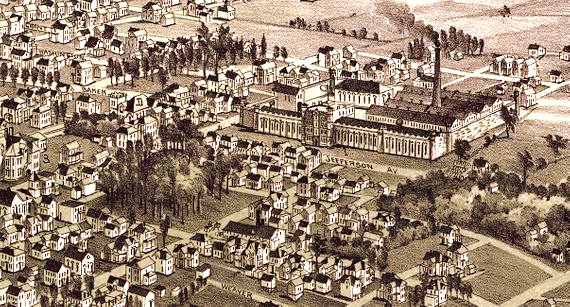
The first building raised was the fanciful North Wagon Gate, completed in 1876, built with hand-worked sandstone quarried locally. Officials used prison labor, as it did in the north and south cell-block areas. The South Hall contained 224 four-by-seven-foot cells. The North Hall included a chapel, kitchen, hospital, and dining area. A four-story tower connecting the two wings included administrative offices, space for female inmates, and living quarters for the warden and his family.
The design of the Moundsville facility is similar to that of the state prison in Joliet, Illinois, built in 1858 with turrets and battlements though scaled down to half the size. The original architectural designs have been lost.
The prison was virtually self-sufficient, and conditions through the early 20th century were considered adequate. Inmates regularly attended classes, and a school and library were completed in 1900 to help reform and educate inmates. A prison coal mine opened a mile away in 1921, and some inmates were allowed to stay at the mine's camp.
However, conditions worsened through the years, and the prison was ranked among the most violent by the U.S. Department of Justice. A recreation room known as "The Sugar Shack" was infamous as a haven for gambling, fighting, and rape.
Thirty-six homicides were confirmed at the prison, including the butchering of R.D. Wall, inmate No. 44670, who was shivved by three prisoners in 1929 after snitching on fellow inmates.
Labor activist Eugene V. Debs served in 1919 on charges of violating the U.S. Espionage Act of 1917. In 1983, convicted multiple-murderer Charles Manson requested unsuccessfully to be transferred to Moundsville to be near family.
In 1929, the state decided to double the size of the penitentiary to cure overcrowding. The cells were too small to hold three prisoners at a time: two prisoners would sleep in the bunks, while a third slept on a mattress on the floor. Using prison labor, the state completed this expansion in 1959.
Fifteen prisoners escaped in 1979. Ronald Turney Williams, serving time for the 1975 murder of Sergeant David Lilly, of Beckley, West Virginia, stole a guard's weapon. On the streets of Moundsville, he met off-duty State Trooper Philip S. Kesner, who was driving past the prison with his wife. Kesner attempted to take action. The escapees pulled him from his car, and Williams fatally shot Kesner, who fired at the fleeing suspects.
Williams remained at large for more than a year, sending taunting notes to authorities. During that time, he murdered John Bunchek in Scottsdale, Arizona, during a robbery. After a shootout with a federal agent in New York City in 1981, he was apprehended and returned to West Virginia to complete several life sentences. Arizona had also sought his extradition for execution, but as of 2018, he remained in West Virginia custody.
By 1986, security at the prison had become loose. It was derisively called a "cons" prison: most of the locks on the cells had been picked, and inmates roamed freely in the halls. Poor plumbing and insect infestations caused the rapid spread of disease. The prison was holding more than 2,000 men and crowding was an issue.
At around 5:30 p.m., 20 "The Avengers" inmates stormed the mess hall and quickly overpowered five officers. The rioters held knives to their throats and handcuffed them. Throughout a two-day insurrection, three inmates were killed by other rioting inmates.
According to authors Bert Useem and Peter Kimball in the book "States of Siege: U.S. Prison Riots, 1971–1986," the rioters lost control of the insurrection and began to fight amongst themselves, and negotiations with prison officials were immediately sought.
"The inmates who initiated the riot were not prepared to take charge of it," Useem and Kimball wrote. "Danny Lehman, the Avengers' president, was quickly agreed upon as best suited for negotiating with authorities and presenting the demands to the media." However, Lehman was not one of the men who instigated the riot.
Governor Arch A. Moore, Jr., traveled to the penitentiary to talk with inmates and set up standards on which prison authorities would build. Still, the state Supreme Court ruled that confinement to the small cells constituted cruel and unusual punishment, and the prison was closed. Most inmates were transferred to the Mount Olive Correctional Complex near Montgomery, West Virginia, in Fayette County.
Executions
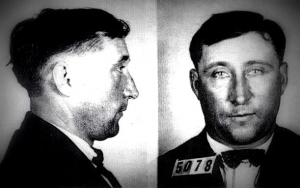
Ninety-four men were executed at the prison from 1899 to 1959. Hanging was the method of execution before 1950, and 85 men met their fate at the gallows. Harry Powers, one of the first serial killers in modern history, was hanged here in 1932.
The public could attend hangings, which were public until 1931, when Frank Hyer was executed for murdering his wife. When the trapdoor opened beneath him, his full weight pulled on the noose, and he was decapitated. Attendance at hangings was afterward by invitation only. The last man executed by hanging, Bud Peterson, from Logan County, was buried in the prison's cemetery because his family refused to claim his body.
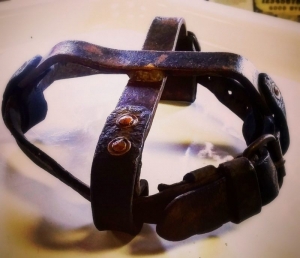
Electrocution became the means of execution in 1951. The electric chair, nicknamed "Old Sparky," was built by inmate Paul Glenn. Nine men were electrocuted before the state prohibited capital punishment entirely in 1965. The original chair is now on display in the facility and is included in the official tour.
After the prison closed, the Moundsville Economic Development Council secured a 25-year lease on the complex, part of which is maintained as a facility for training law enforcement and corrections personnel through mock-riot drills.
To assist teams in planning and executing emergency scenarios, the W.Va. High Technology Consortium Foundation commissioned an interactive 3D model of the penitentiary. It made the software available to the public before conducting a 2009 mock riot.
Tours are available for visitors who wish to explore the landmark and its history and investigate alleged paranormal activity there. Some travel guides declare the prison among the most haunted in the United States.
Reports of supernatural phenomena include sightings of phantom inmates by former guards and legends of a "shadow man" that wanders the premises. Visitors frequently report cold spots and unexplained noises, including voices.
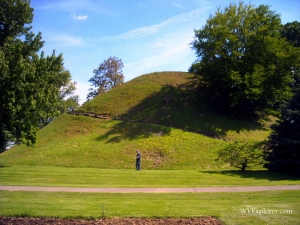
The prison was located on part of a large Native American burial ground that occupied much of the rise above Grave Creek, which became Moundsville. Many prehistoric earthworks, including burial mounds, were located throughout the town. The largest prehistoric burial mound in eastern North America, the Grave Creek Mound, is located opposite the main entrance to the prison building.
A haunted attraction called the "Dungeon of Horrors" is also set up at the former prison during Halloween.
Building featuring swastikas found eligible for National Register
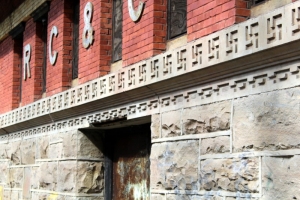
A landmark industrial building near Beckley, West Virginia, has been determined to be eligible for the National Register of Historic Places. The former powerhouse for the Raleigh Coal & Coke Company—perhaps best known for the swastika motif that decorates its trim—was found eligible based on its architectural and industrial importance, according to the State Historic Preservation Office. READ THE FULL STORY HERE.
Sign up for a FREE copy of West Virginia Explorer Magazine in your weekly email. Sign me up!

























